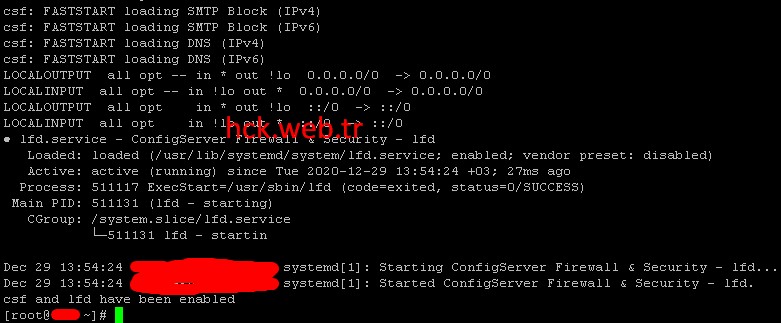

The end user can also manually clear out their browser’s cache whenever they want.Ĭheck out Browser Caching, Explained In Plain English and Browser Caching for details. So, when a page is updated and the content stored in the cache is obsolete, the browser knows it should flush out the old content and save the updates in its place.

Although, some have a more comprehensive system such as those found in major options such as Chrome, Safari, Firefox, and other similar browsers.Īs mentioned earlier, a website can communicate with a user’s browser. It works in the same way and it’s a cache system that’s built into a browser.įiles and content that are saved are stored on your computer and are grouped with other files associated with the browser you use.Ī browser cache temporarily saves these kinds of content:Īccording to Google, every browser has some form of browser cache. What is a Browser Cache?Ī browser cache is a kind of client-side cache, which means it’s also a type of site caching. But, pages that haven’t changed can still be loaded from the cache to speed up the time it takes to load the page.įor details, check out Caching for WordPress, Explained in Plain English. This ensures the end user can regularly see fresh content. But, a page with images that are changed often, for example, can be requested to expire much sooner, or when the page is updated. That way, a page with content that doesn’t change often can be set to expire later on in the future. It can tell a cache how long to store saved data. A website has only a limited way of administering client-side caching. This means caching that’s completely taken care of, and controlled by the end user. When you use site cache to do this, it’s referred to as “caching.” Site caching is the concept of caching from the client’s side. Each visit to the same page is also loaded just as quickly from the cache. When that same page is visited again, the site cache is able to recall the same content, then load it much quicker when compared to the first visit. When a user visits a page for the first time, a site cache commits selected content to memory. Plus, you’re able to repeat the answer quickly each time.

Once you memorize something such as the answer to 12 x 12, you can easily recall it later when someone asks you for the answer. It remembers the content and is able to quickly load the content each time the web page is visited again. What is a Site Cache (or Page Cache)?Ī site cache, or also known as an HTTP or page cache, is a system that temporarily stores data such as web pages, images, and similar media content when a web page is loaded for the first time. What follows are details on each of these types of caches.

Knowing what they are helps to make their differences more pronounced. It’s helpful to demystify what site, browser, and server caches are before breaking each of them down by their differences. What are Site, Browser, and Server Caches? They’re not, and here’s more detail as well as the differences between a site cache, browser cache, and server cache. Sure, website, browser, and server caching all help to decrease your WordPress site’s page load times.


 0 kommentar(er)
0 kommentar(er)
